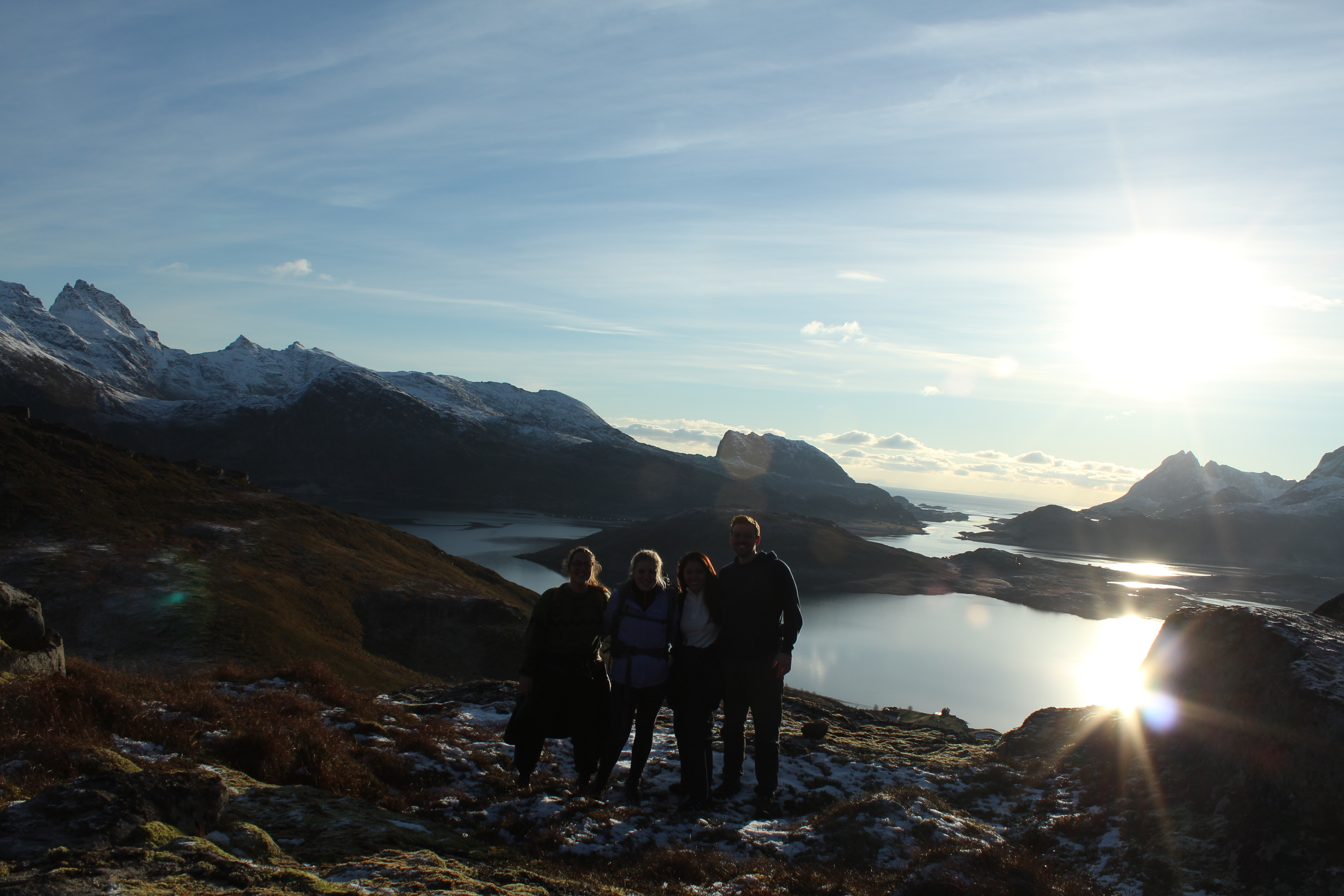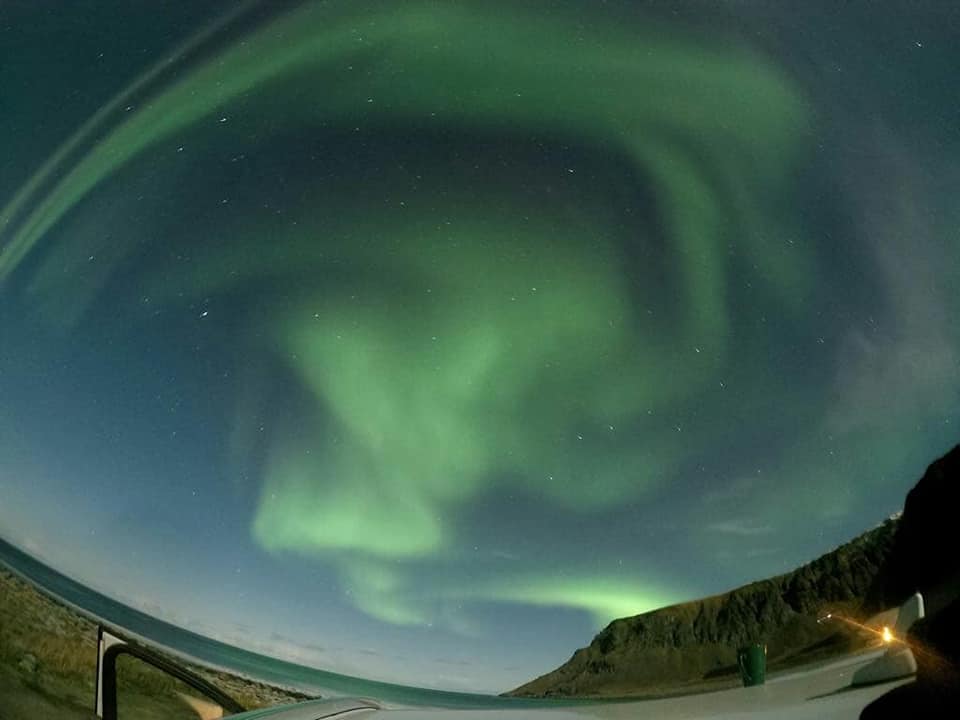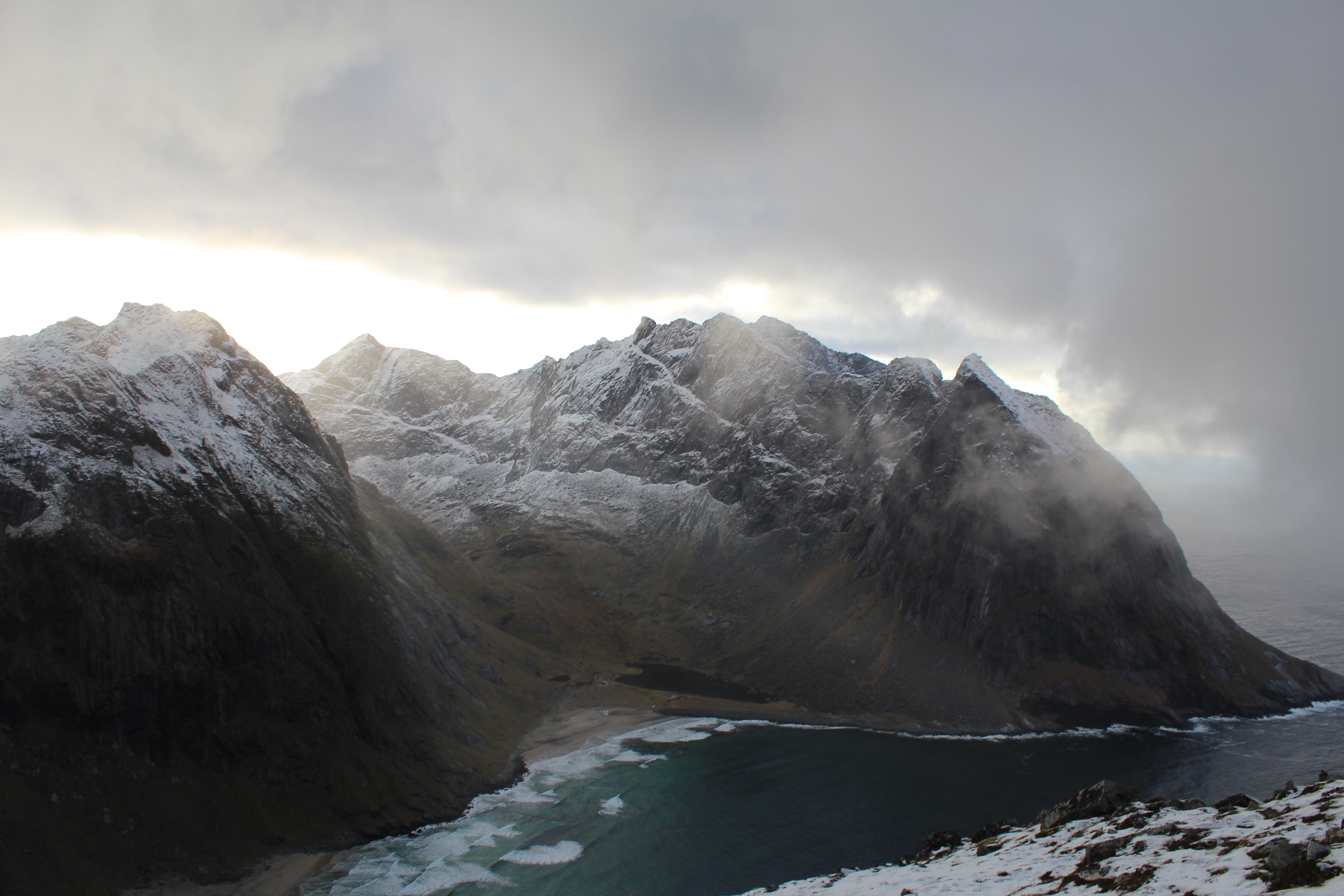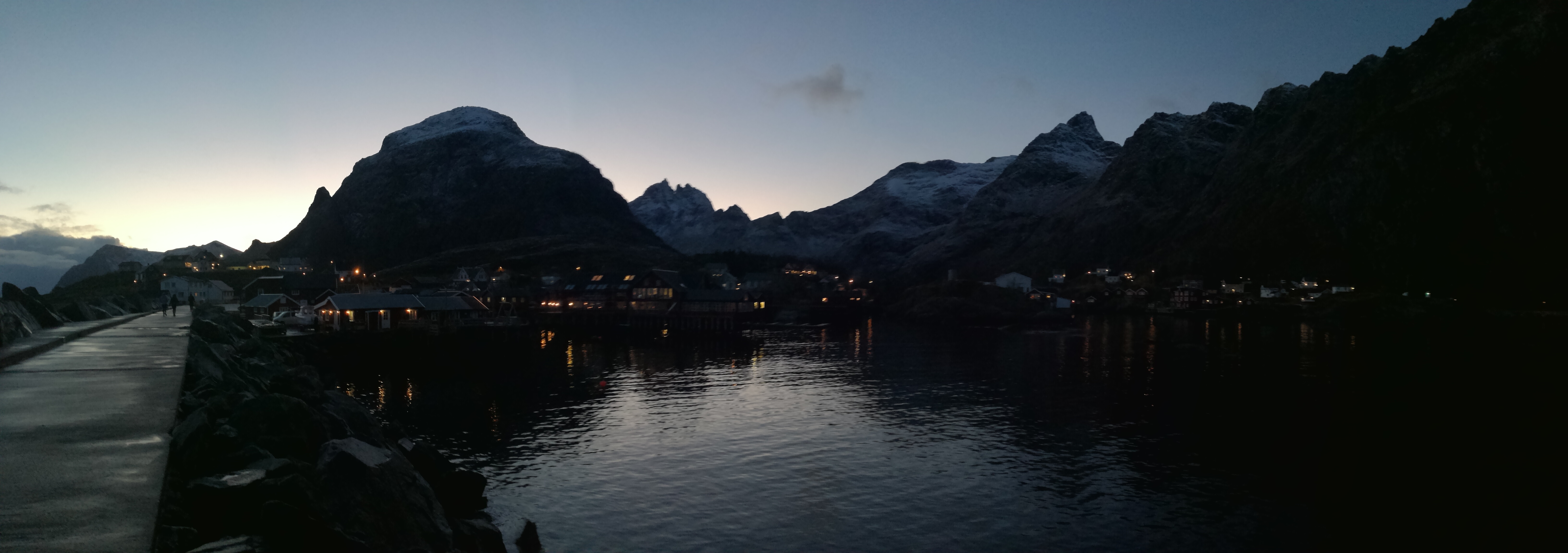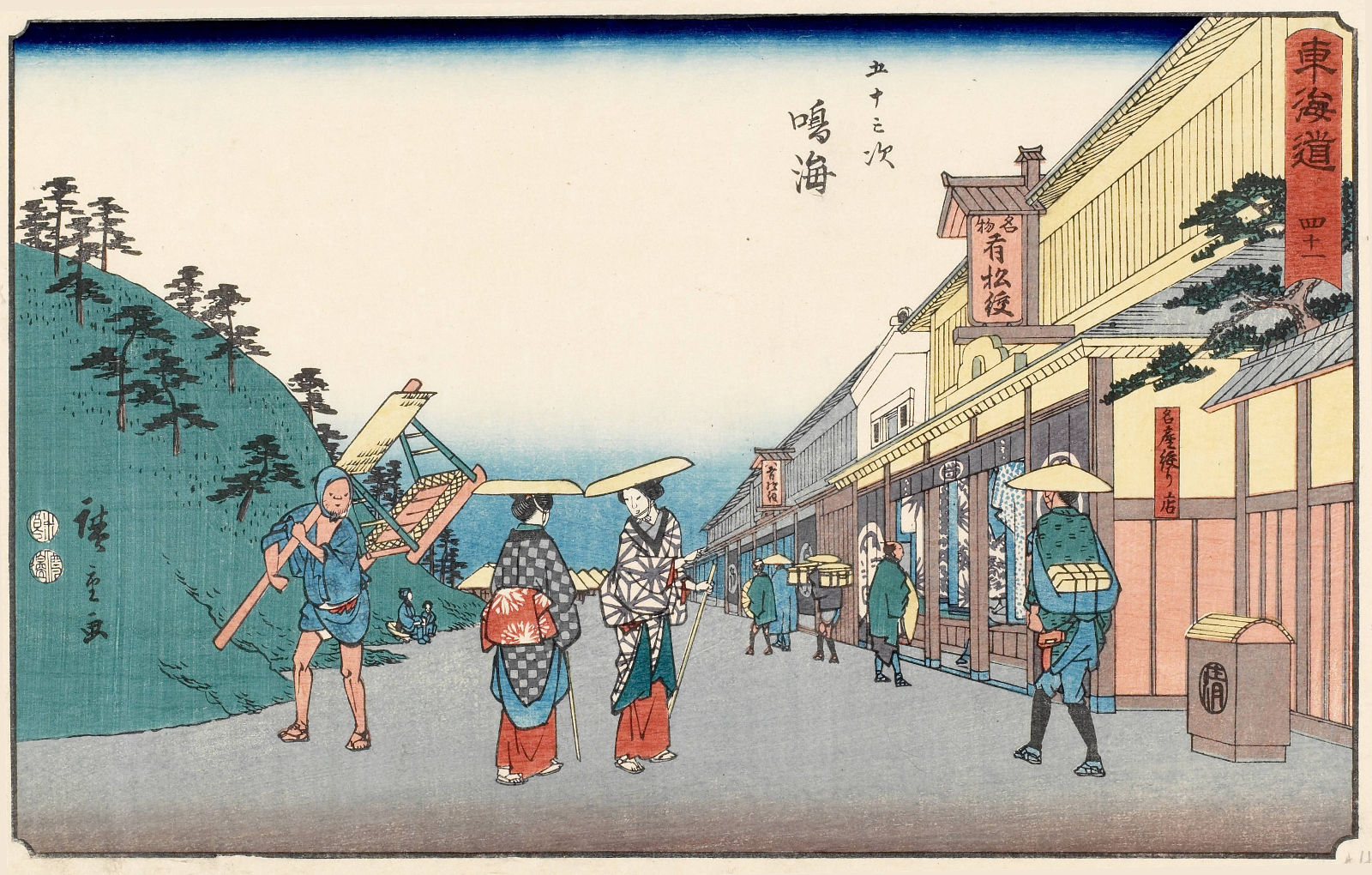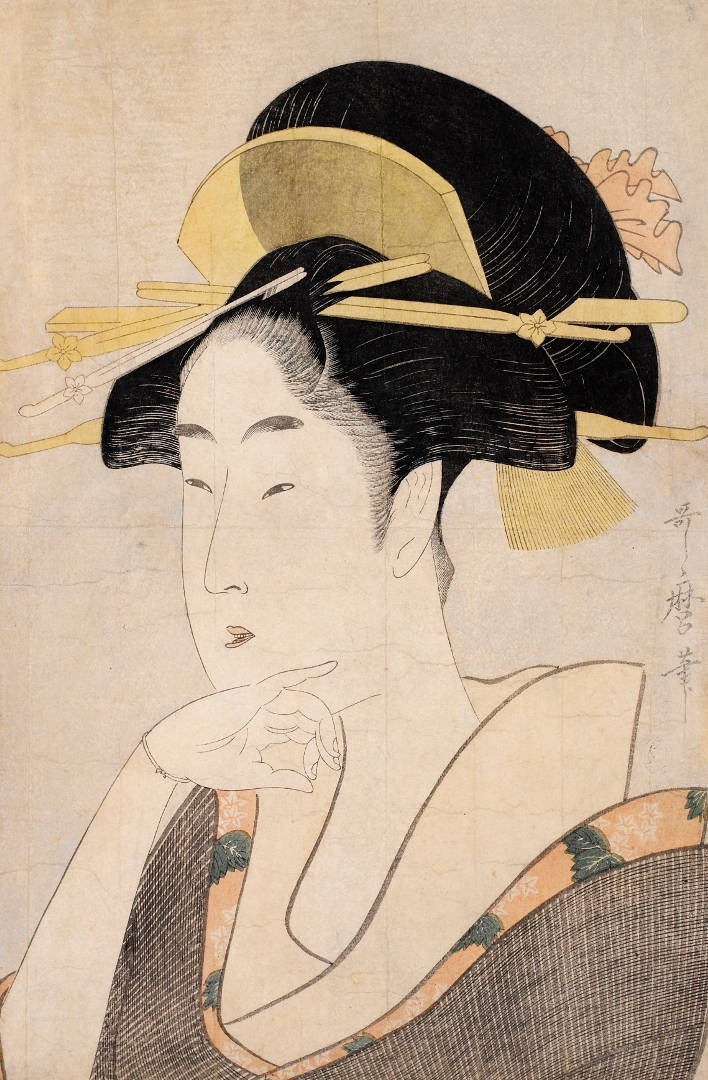“I’m all out of hope
One more bad dream could bring a fall?”
This is how Billy Idol’s song “Eyes without a face”, first published in 1984, debuts. The lyrics appear to be a nostalgic ode to the love that has been and is now extinct. Lost but not forgotten, to the point that obsession takes over mental stability and pervades all emotions. Similar themes can be found in the homonym film “Eyes without a face”, a 1960 horror movie directed by Georges Franju which has directly inspired Idol both for the symbolic value of the title and the way some topics are approached throughout the movie.
The film is about the life of a young woman whose father lost his mind after a severe accident where her daughter had her face disfigured, leaving just her eyes intact. Being a plastic surgeon, he started abducting young women aesthetically similar to her daughter to sever their face’s skin and practically glue them to his daughter’s face. I say glue because the process seems pretty amatorial and approximative throughout the whole movie. He literally draws on their faces with a marker without any precision or sense of geometry, then cuts their skin off with a scalp while they are barely sedated. Pure medical horror.
In a world that only cares about appearance and the superficial nature of beauty, the woman is represented as a powerless victim while the man takes over and exercises all of his composite sociopathies through the controlling of the female body. His dignified psychological and physical violence towards both the women he abducts with the help of his female assistant and his daughter who has no say or choice but to accept his father’s foolish decisions.
Since the beginning of the movie, the suspense is sky-high. The soundtrack reminds of a circus interlude, to highlight the absurdity of what is happening and to point out how the man figure perceives this horrendous acts he is perpetrating as banal and innocent, almost mundane. Patriarchy is fucked up, innit?
“Eyes without a face, got no human grace your eyes without a face”
In this way, the woman is reduced to a puppet. The human factor is not taken into account anymore. The daughter is completely dehumanized by her own father, a mere experiment for the man to assert his superiority and his medical skills over a weaker party. Fragile masculinity you said? Oh hell yeah.
Billy Idol’s lyrics are not half as mischievous as the de-humanization is intended in the homonym 7th-art work. He is more of a slave of his own depiction of the other person, an illusion that continued until he realized he was seeing what he wanted to see and believing in what he wanted to believe.
“I spend so much time
Believing all the lies
To keep the dream alive
Now it makes me sad
It makes me mad at truth
For loving what was you”
The moment he realizes that it was just the construction of his mind, he is overwhelmed by anger for he decided to live blind from the truth. A face without eyes.
“(Les yeux sans visage) Eyes without a face”
The choir in the song reiterates its title in French, a direct reference to Franju’s movie. Another theme I would like to analyze is how the power relations in the movie are also expressed through social status. At the very beginning, we have a focus on three gravestones in the cemetery. We can observe how the individual crosses on each grave are one bigger than the other, underlining how important is to appear better and more ostentatious than everyone else even once life ends its course.
“Now I close my eyes
And I wonder why
I don’t despise
Now all I can do
Love what was once
So alive and new
But it’s gone from your eyes
I’d better realize”
At this point, Idol’s character wakes up from his delusional dreams and acknowledges his madness. This time, the act of closing his eyes is voluntary and not dictated by obsession.
“Such a human waste your eyes without a face
And now it’s getting worse”
It is indeed too bad not having a face Billy and dear Monsieur le father. But take a step back and mind your own business. Women are sick of having to endure your manipulation games. We are not your dolls anymore.
In a poetic momentum right at the end of the movie, the daughter takes her destiny into her hands. She rebels against the same father who should have protected her, healthily loved her. Instead, he was blind, he was deranged, he was a misogynist piece of crap in simpler words. Thus, the dogs (who appeared a few times during the movie for anticipating a sort of impending doom) disobey their owner too. A contrast between violent freedom where the dogs eat the father’s face VS gentle freedom impersonated by the daughter, who releases the doves from their cage and becomes finally free.
“Eyes without a face” is definitely a trope to me. So holistic, so deep. About those who decide to spot a convenient lie instead of looking through the truth. About those who can clearly visualize it, but are trapped in a spiral of powerlessness and toxic inter-dependence. On the curiosity side, it is funny to think that Idol actually almost got blinded due to the video shooting for the song. In fact, he was forced to wear contact lenses that happened to dry out and fused to his eyes. He had to go to the hospital and wear bandages on his eyes for three days. Life’s so ironic sometimes.
So much can be said and added about these two art pieces that have a title in common, for example, that the Italian alternative rock band Bustelle made a cover of the song in 2017. And that’s also how I discovered all of this background and I am really grateful to them. We might also talk about how director Pedro Almodóvar was deeply inspired by 1960’s Eyes Without a Face for his 2011 movie The Skin I Live In. But you know what? I will stop now. I will let you shape your own opinions and perspectives. Let you take these obscure paths and fall into the rabbit hole.
So, what are you waiting for? Check out the movie and pump the volume of your headphones on uncle Idol. You hopefully won’t regret it!























